|
|
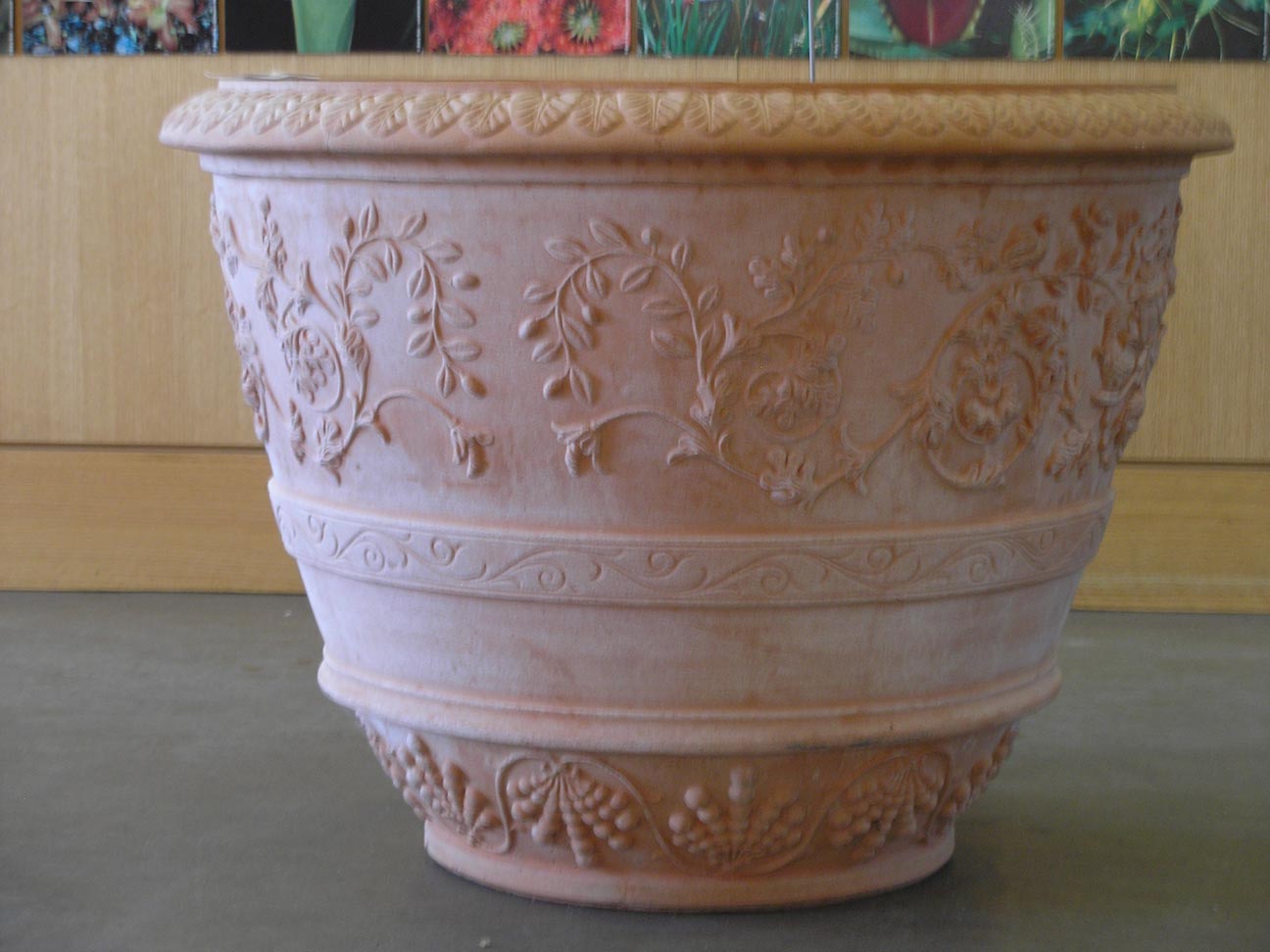 |
|
|
|
|
Masterpiece
- Italy, 21 st century, terracotta
This original design was made by a female sculptor in Tuscany. The piece is constructed step-by-step, by hammering slabs of clay into reverse plaster molds—a more labor-intensive process than throwing the pot on a wheel.
Artist/supplier: CollezioneUSA, Italy
|
|
|
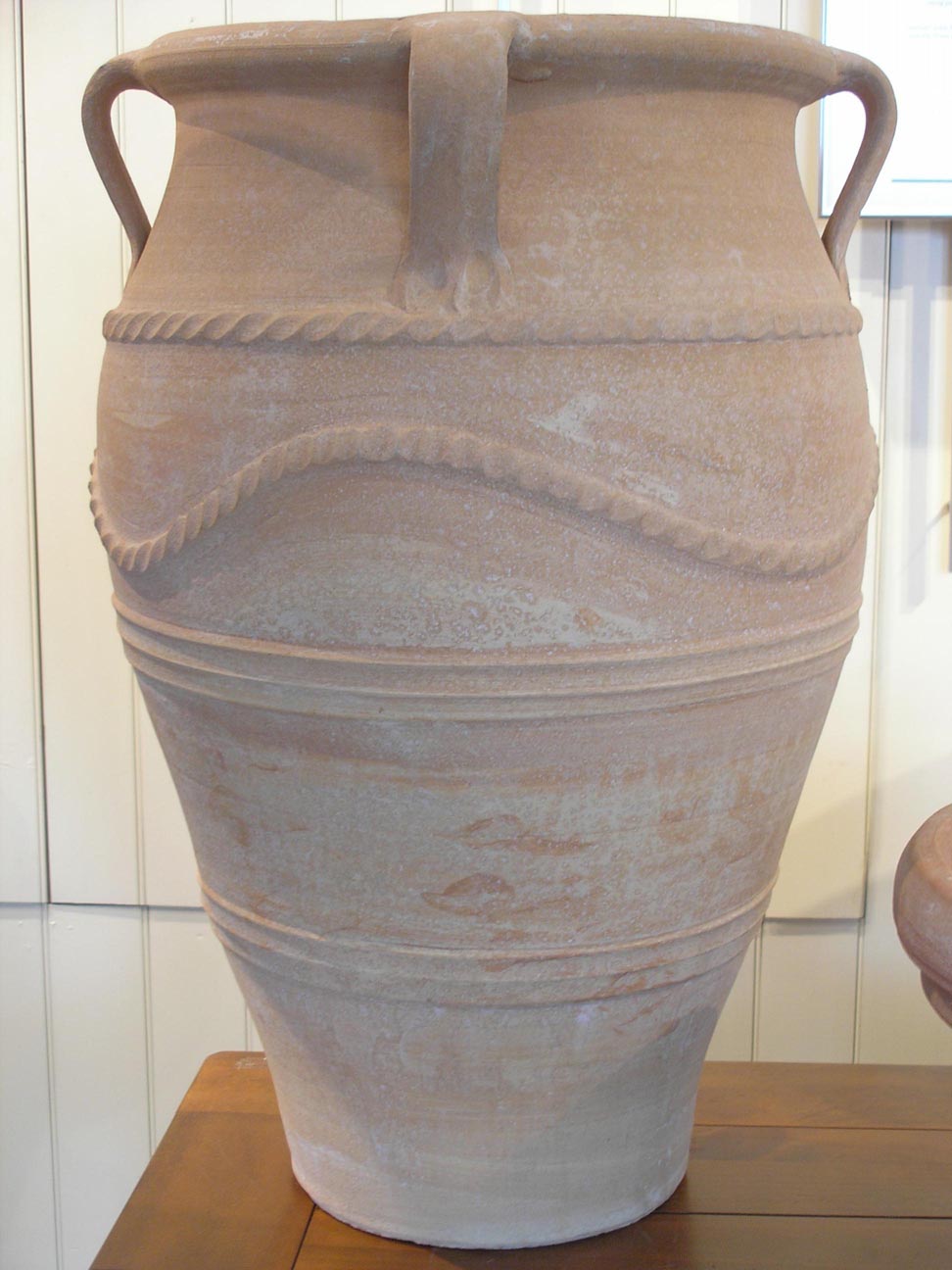 |
|
|
Cretan Urn [reproduction]
- Greece, 1st century, terracotta
These urns were sometimes used to root cuttings from tree branches. Today in Greece, descendants of the families that created these urns 2,000 years ago still make pots in the winter and fish in the summer.
Artist/supplier: Eye of the Day, Greece
|
|
|
|
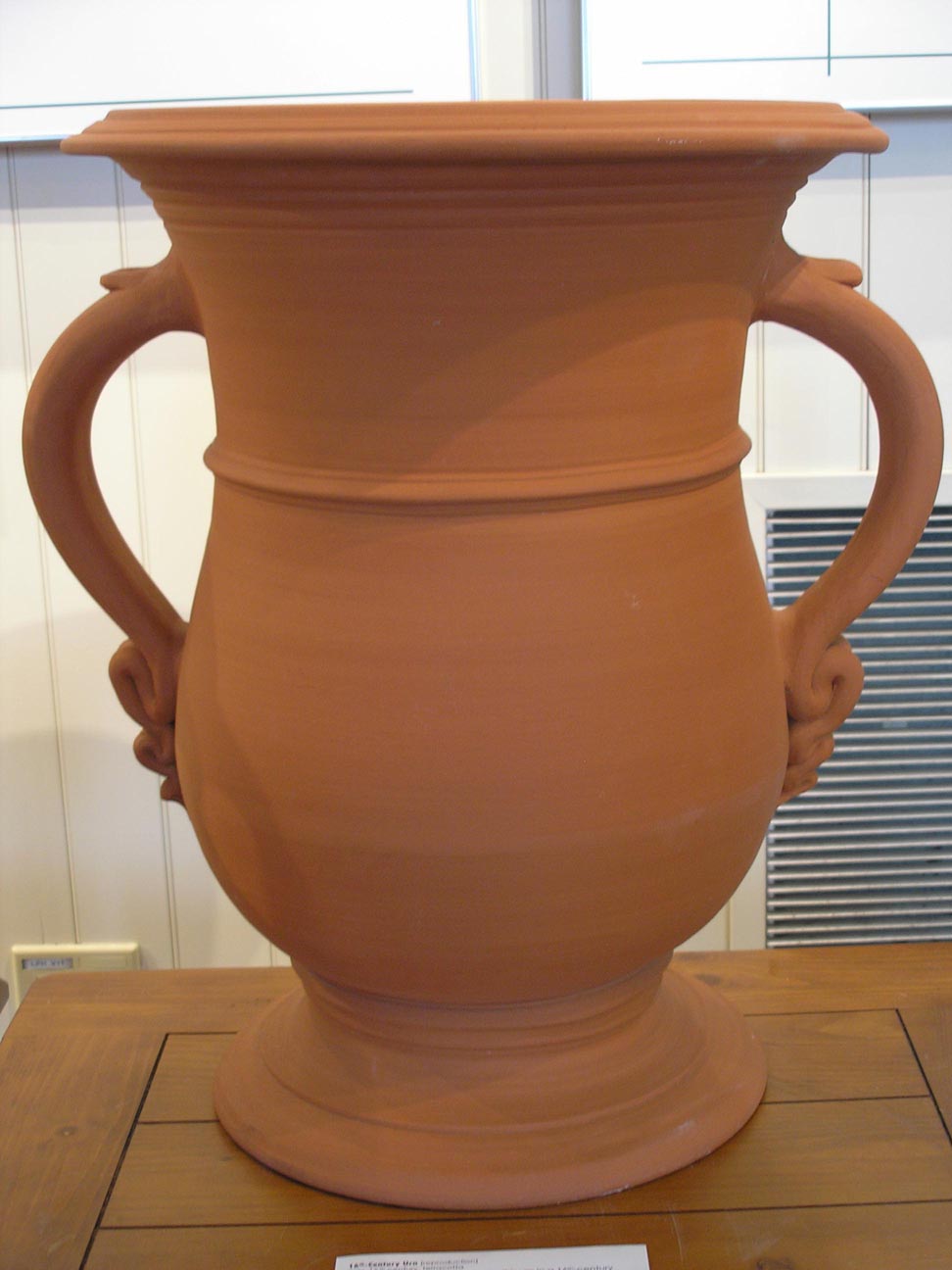 |
|
|
16th-Century Urn [reproduction]
- Italy, 16 th century, terracotta
Jim Keeling found the design for this urn in a 16th-century Italian manuscript illiustration. He reproduced it to commemorate the bicentenary of the Royal Horticultural Society in 2004.
Artist/supplier: Jim Keeling, Whichford Pottery, England
|
|
|
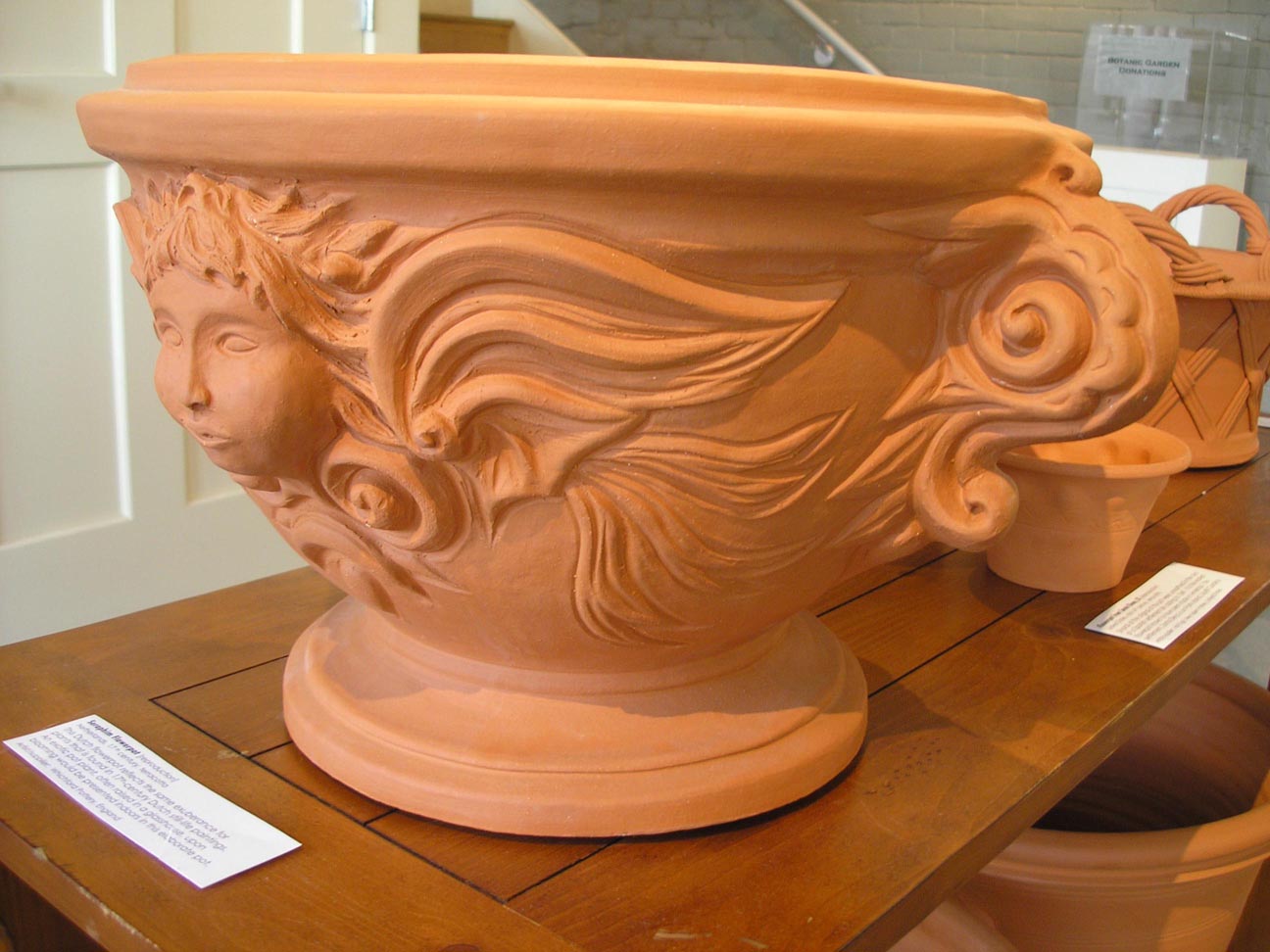 |
|
|
|
Seraphim Flowerpot [reproduction]
- Netherlands, 17 th century, terracotta
This Dutch flowerpot reflects the same exuberance for plants that is found in 17th-century Dutch still-life paintings. An exotic pot plant, often raised in a glasshouse, upon blooming would be presented indoors in this elaborate pot.
Artist/supplier: Whichford Pottery, England
|
|
|
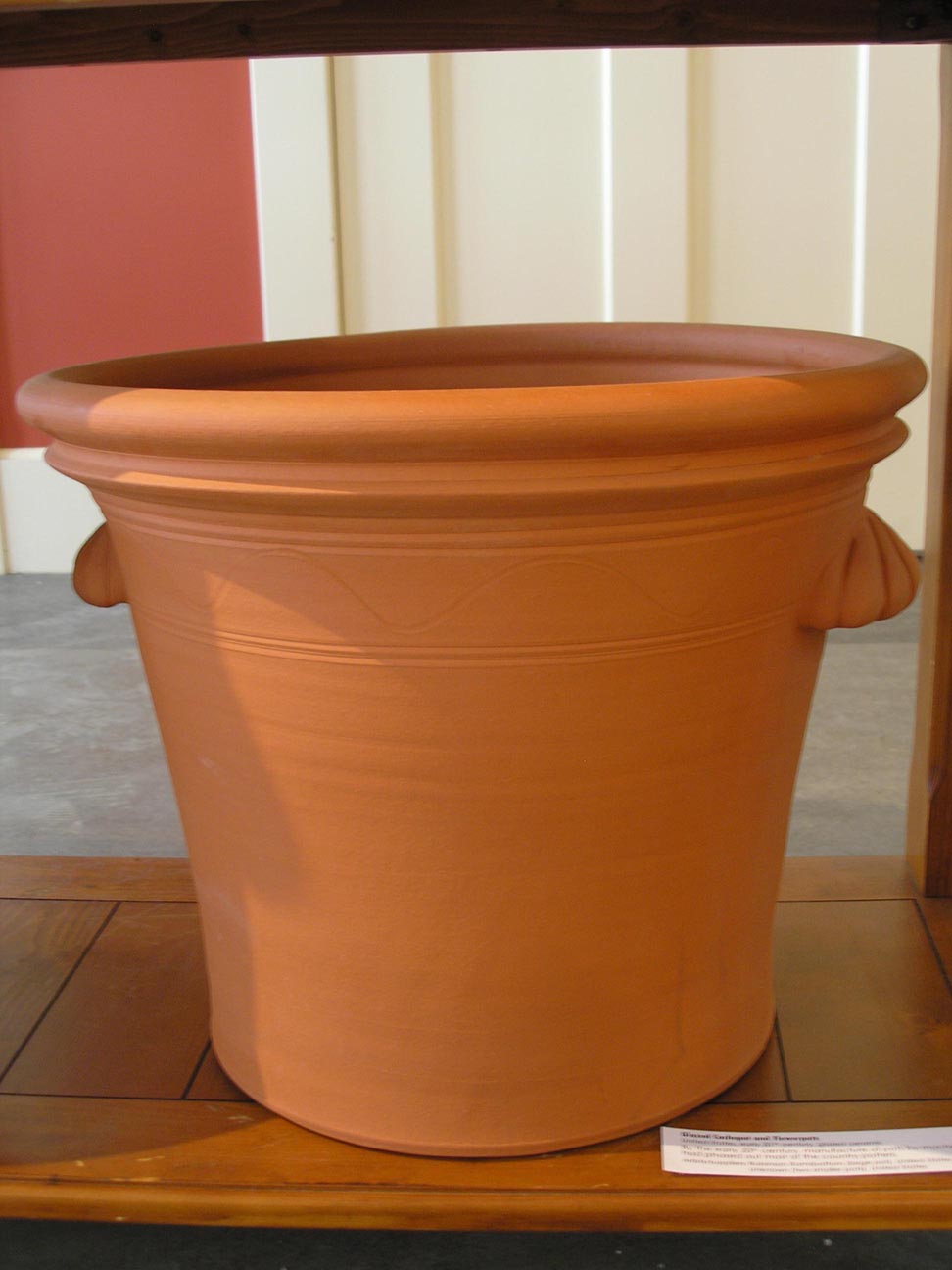 |
|
|
Glasshouse Flowerpots [reproduction]
- Netherlands, 17 th century, terracotta
This typical 17th-century Dutch flowerpot has scallop-shaped handles that facilitate hauling the potted plant in and out of the glasshouse.
Artist/supplier: Whichford Pottery, England
|
|
|
|
|
|
|
|
|
|
|
|
|
|
|
|
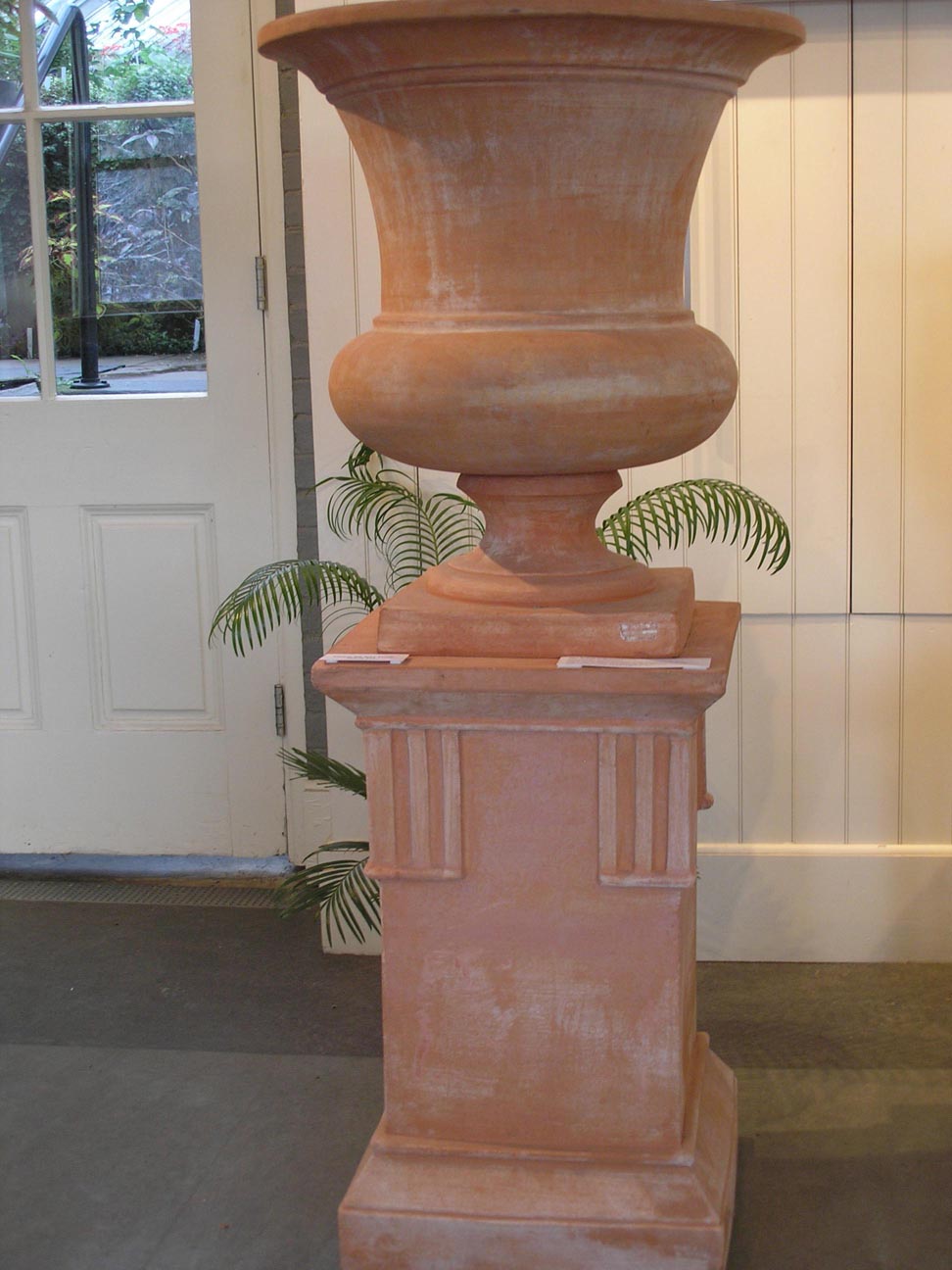 |
|
|
|
|
Vaso Mediceo Liscio [reproduction]
- Italy, 16th century, terracotta
In the classic Italian gardens of the Renaissance, urns--as opposed to utilitarian garden pots--were a part of the larger, surrounding architecture; they filled this architectural role, whether they were planted or not.
Artist/supplier: Tuscan Imports, Italy
|
|
|
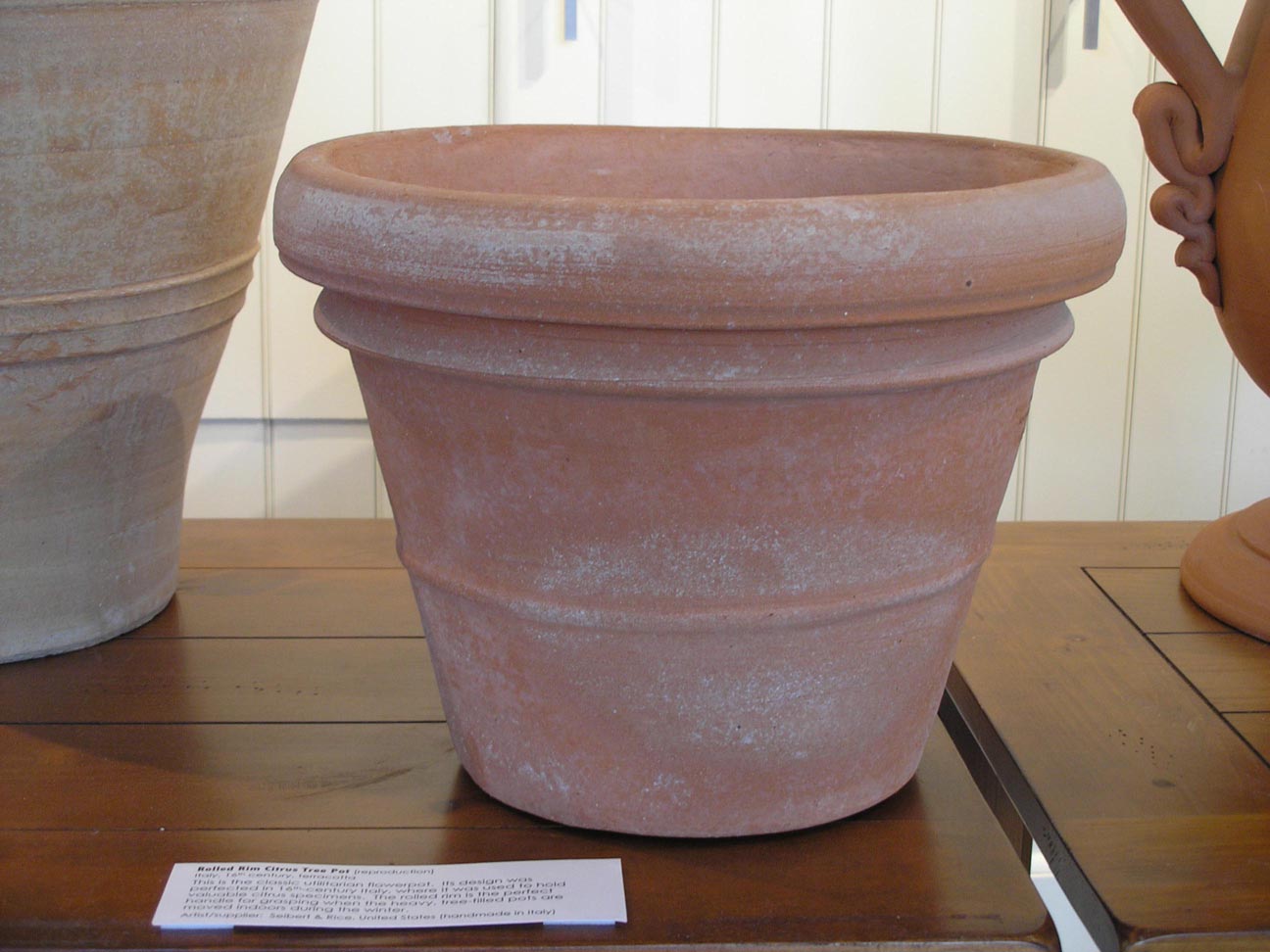 |
|
|
Rolled Rim Citrus Tree Pot [reproduction]
- Italy, 16th century, terracotta
This is the classic utilitarian flowerpot. Its design was perfected in 16th-century Italy, where it was used to hold valuable citrus specimens. The rolled rim is the perfect handle for grasping when the heavy, tree-filled pots are moved indoors during the winter.
Artist/supplier: Seibert & Rice, U.S. (handmade in Italy)
|
|
|
|
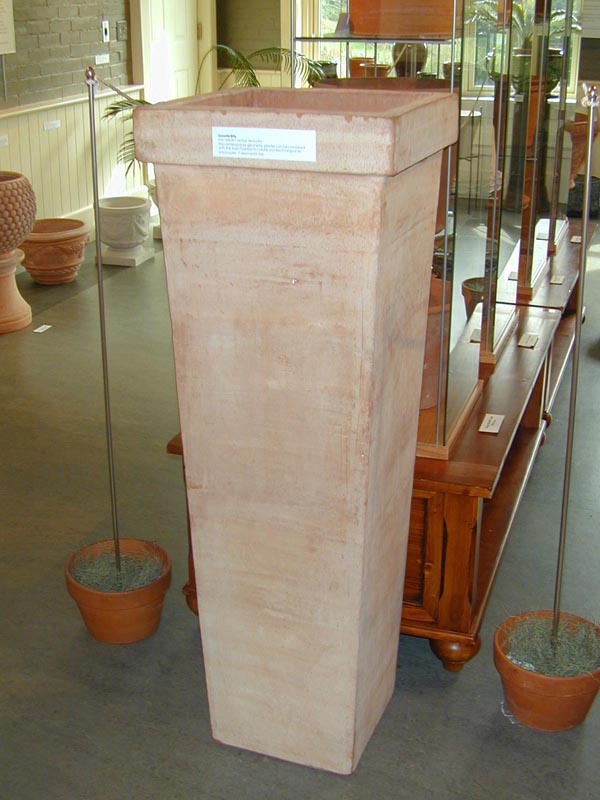 |
|
|
Cassetta Alta
- Italy, late 20 th century, terracotta
This contemporary geometric planter can be combined with the Vaso Trapezio to create architectural spaces.
Artist/supplier: CollezioneUSA, Italy
|
|
|
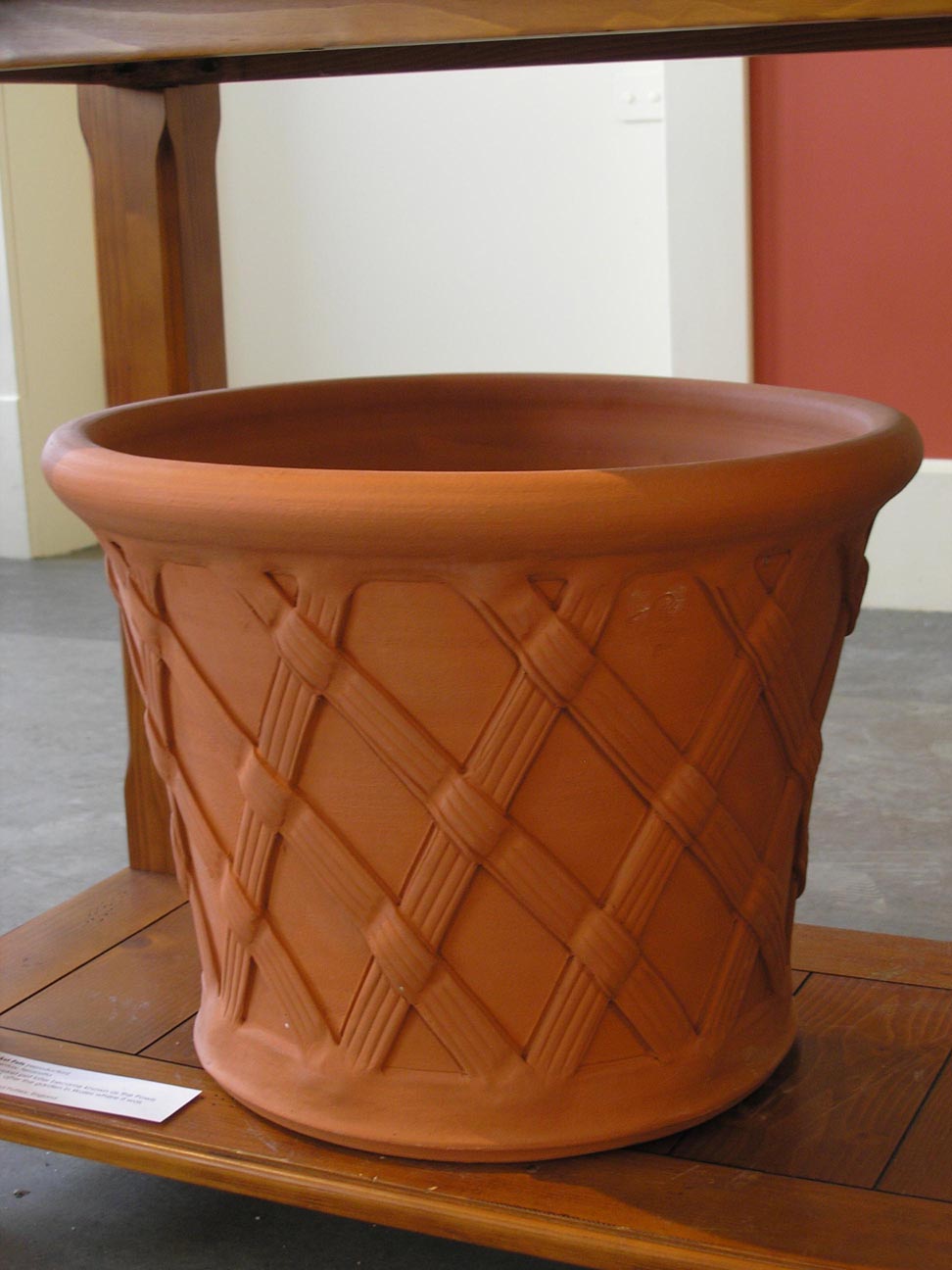 |
|
|
|
Pomona Basket Pots [reproduction]
- England, 16th century, terracotta
The Pomona basket pot later became known as the Powis Castle flowerpot, after the garden in Wales where it was used.
Artist/supplier: Whichford Pottery, England
|
|
|
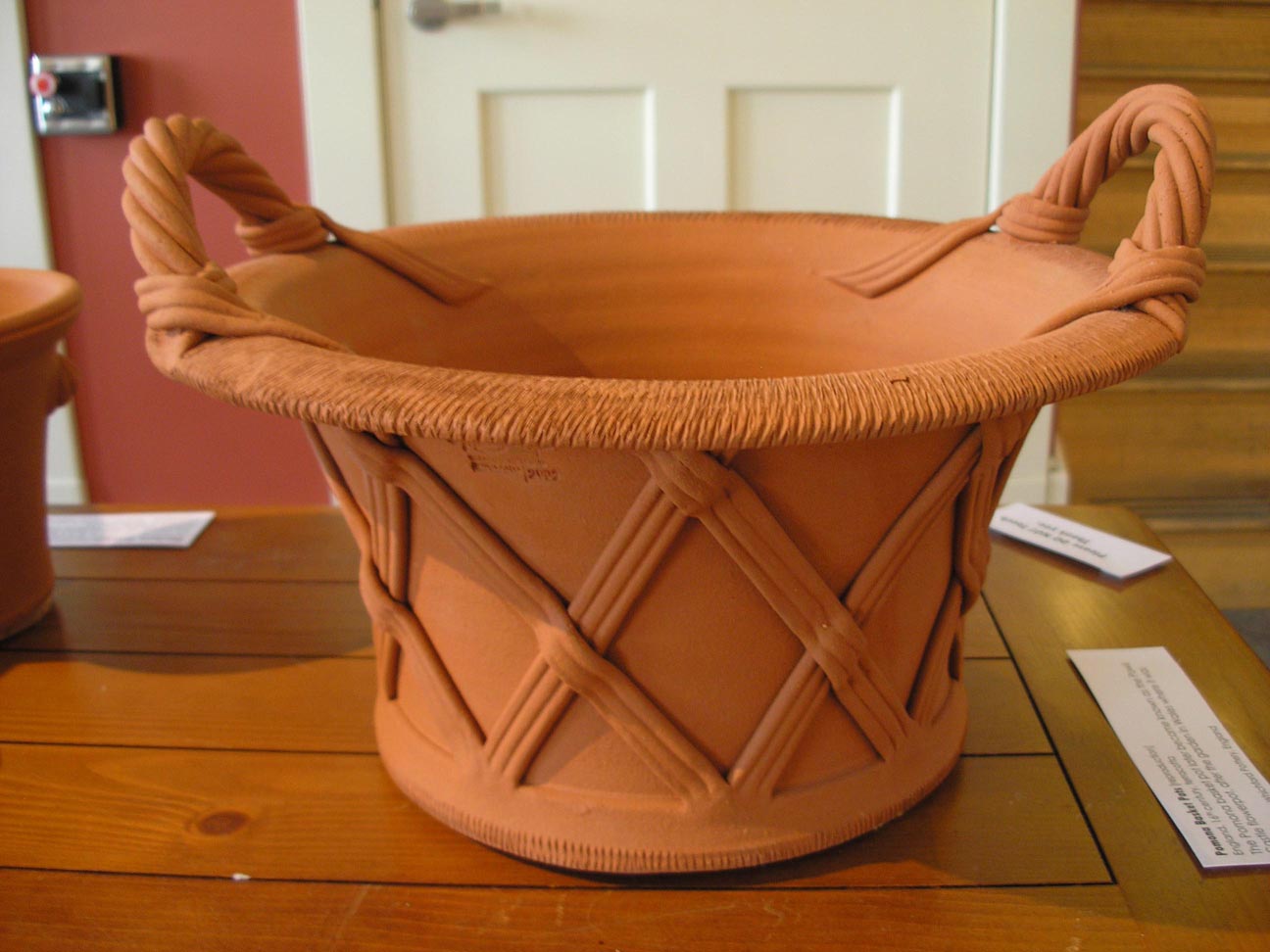 |
|
|
Pomona Basket Pots [reproduction]
- England, 16th century, terracotta
The Pomona basket pot later became known as the Powis Castle flowerpot, after the garden in Wales where it was used.
Artist/supplier: Whichford Pottery, England
|
|
|
|
|
|
|
|
|
|
|
|
|
|
|

